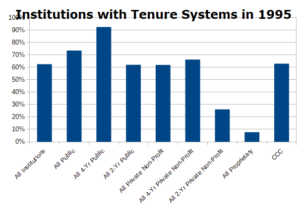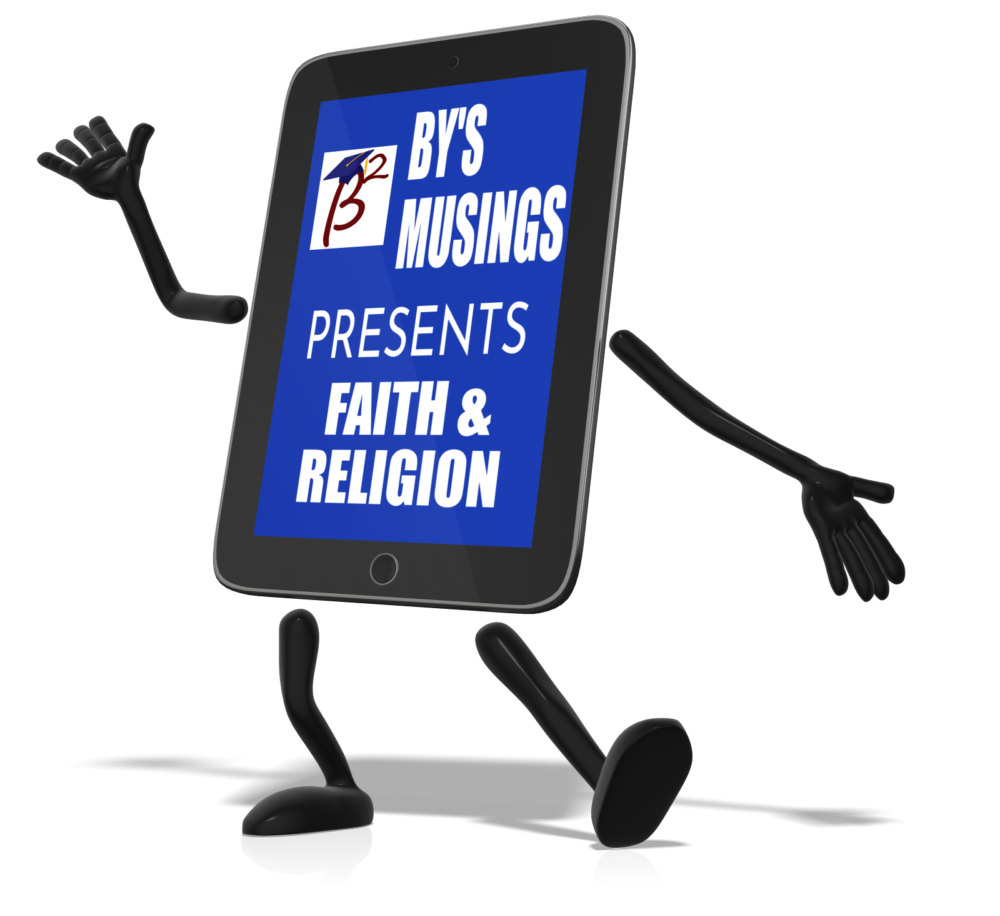
I woke up the day after Christmas thinking about the rapidly approaching new year. At the top of my “WANT TO DO LIST” was a New Year’s Post for By’s Musings. Do I reflect on the year 2020? My first instinct was to say, “No! It was a year many people would rather forget.”
Does that suggest that I should write about the coming 2021 year? If I were to do that, should I concentrate on my personal goals and desires or general world events? If I look outside my personnel realm of concerns, should I focus on only the positives or negatives? What if I throw caution to the wind and go for broke? I could cover the waterfront and deal with both the good and bad?

Will 2021 bring a return to “normalcy?” At some point, will working vaccines triumph over the virus? Will we achieve some semblance of herd immunity? Will we be able to socialize again? Will we be able to worship in large group settings? Will we have face-to-face learning? Will we be able to go to restaurants and enjoy a great meal prepared and served by other people? Will we be able to participate as spectators or rival combatants in sporting events? Will we be able to have in-office doctors’ appointments? Will we be able to go shopping again in stores and touch items?

Or will 2021 be a rerun of 2020? Will the Covid virus dominate the news for another year? Will infection, hospitalization, and death counts continue to rise exponentially? Will families and other social structures disintegrate even more in the face of forced separations and tragedies? Will we be dealing with political wrangling for another year? Will small and large businesses continue to fail? Will unemployment numbers and woes persist? Will wages stagnate while prices rise? Will students continue to struggle and fall further behind, creating a lingering educational catastrophe? Will human shortcomings and faults overshadow the good and heroic acts of individuals?

After careful consideration and three days of writing, I have decided to attempt to do all of the above and more. Of course, that will require multiple posts.
Surprise! [NOT REALLY!] When I start writing, the ideas never stop. One editor with whom I have worked has accused me of having the Russian novel syndrome.
Before my traumatic brain incidents of 2009, I was hardly ever at a loss for words. I had trouble saying “Hello” in less than 100 words. When the dual cranial explosions and multiple seizures of 2009 introduced aphasia into my life and vocabulary, words became a two-edged sword.

I am still contemplating ideas all the time. However, these ideas now flood my head with visual images. Since I’m not an artist, I can’t draw or paint pictures to describe my thinking. I have excelled at certain painting tasks, like houses, barns, room walls, and cars. The only detailed painting I have attempted is woodwork. I can do this because I can set up a tape barrier to keep me within the lines. I have even had to give up doing this because of increased tremors in my dominant right hand. I can’t paint any houses or barns because my doctors have ordered me to stay off ladders.
However, to communicate with others, I must revert to words. Finding the right words to use to describe the pictures I see is a huge struggle. I know the words are still in my head. I can’t find them. I must dig through the rubble and sift through piles of debris.

If I am going to write several more New Year’s posts, humanly speaking, it is only sensible to design a plan. The trouble with that approach is that I have too many ideas to stuff into the tiny container of three or four blog posts, and the plan keeps changing.
God’s timing is perfect. At the appropriate moment, He appeared to Abram with one command. In Genesis 12:1, we read,
The Lord had said to Abram, “Leave your native country, your relatives, and your father’s family, and go to the land that I will show you. (NLT)
This command is both precise and deliberately vague. The specificity focused on what Abram was to leave behind. He was to move away from his familiar home and his relatives, especially his father’s family. The vagueness centered on his destination. He was to go to a place which the Lord would show him.
I believe that God is telling me to “Go ahead and write.” It is not yet clear what I will be writing, but I will be writing during January and perhaps beyond. I claim the promise that God gave to Isaiah,
And I will bring the blind by a way that they knew not; I will lead them in paths that they have not known: I will make darkness light before them, and crooked things straight. These things will I do unto them, and not forsake them.[Isaiah 42:16, KJV]
With God’s help, I will find my next steps and write my next posts. God bless you and yours as we step into 2021.
























































